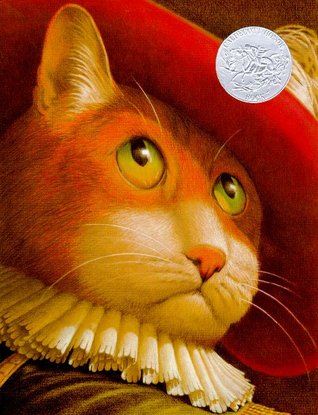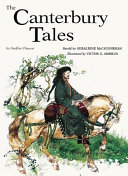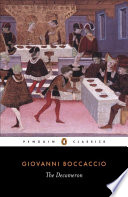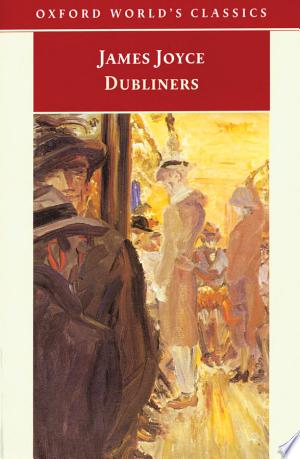
Estimated read time: 5 min read
One Sentence Summary
A clever cat helps his master rise from rags to riches through schemes and trickery.
Table of Contents
Introduction
"Puss in Boots" is a classic fairy tale written by Charles Perrault. First published in 1697, it tells the story of a clever cat who uses his wit and charm to help his poor master rise from rags to riches. This beloved tale has been adapted into various forms of media over the years, including films, plays, and children's books.
Brief Synopsis
The story is set in a small village in France, where a miller passes away and leaves his three sons with his only possession - a mill, a donkey, and a cat named Puss. While the eldest son receives the mill, and the middle son receives the donkey, the youngest son, who is considered the least fortunate, is given the seemingly worthless cat.
Little do they know, Puss is no ordinary cat. He is highly intelligent and resourceful, and he sets out to help his master improve his circumstances. Puss starts by catching rabbits and presenting them to the king as a gift from his "Marquis of Carabas" master. Impressed by the cat's offerings, the king takes notice of the Marquis of Carabas and invites him to his palace.
Puss then devises a plan to make his master appear wealthy and influential. He instructs him to bathe in a river, while he hides his clothes. As the king's carriage approaches, Puss tells the king that his master has been robbed while swimming and that the thieves took his clothes. The king, believing the story, offers the Marquis of Carabas new clothes from his own wardrobe.
As the cat and his master continue on their journey, Puss encounters a castle inhabited by a powerful ogre. Puss cleverly tricks the ogre into transforming into a mouse, and he swiftly catches and devours him. With the castle now belonging to his master, Puss invites the king and princess to visit, impressing them with the grandeur of the estate.
In the end, the king is so taken by the Marquis of Carabas and the beauty of the princess that he arranges for them to be married, thus elevating the miller's son from poverty to nobility. Puss, having completed his mission, is rewarded with a life of luxury, becoming a pampered pet in the castle.
Main Characters
| Character | Description |
|---|---|
| Puss | The cunning and intelligent cat who uses his wit to help his master |
| Marquis of Carabas | The youngest son of the miller, who becomes the beneficiary of Puss' clever schemes |
| The King | The ruler of the land, impressed by Puss' gifts and the Marquis' apparent wealth |
| The Princess | The king's daughter, who falls in love with the Marquis of Carabas |
Summary of Story Points
- The miller's three sons receive their inheritance - a mill, a donkey, and a cat.
- Puss presents rabbits to the king, making his master, the Marquis of Carabas, appear generous.
- Puss tricks the ogre into transforming into a mouse and devours him.
- Puss invites the king and princess to the castle, impressing them with its grandeur.
- The king arranges for the Marquis of Carabas to marry the princess, elevating him to nobility.
Main Events
- Puss catches rabbits and presents them to the king.
- Puss tricks the ogre and gains ownership of the castle.
- Puss invites the king and princess to the castle.
- The king arranges for the Marquis of Carabas to marry the princess.
Themes and Insights
Cleverness and Resourcefulness
One of the main themes in "Puss in Boots" is the power of cleverness and resourcefulness. Puss, the cat, uses his intelligence to manipulate situations and create opportunities for his master. Through his cunning plans and quick thinking, he is able to elevate the Marquis of Carabas from a poor miller's son to a nobleman. This theme teaches us that intelligence and ingenuity can overcome adversity and lead to success.
Appearance vs. Reality
Another theme in the story is the contrast between appearances and reality. Puss creates an illusion of wealth and social status for his master by manipulating the perceptions of others. The king and princess are deceived by the outward appearance of the Marquis of Carabas and the grandeur of the castle. This theme reminds us that appearances can be deceiving and that true worth lies in character and actions, rather than superficial displays.
Reader's Takeaway
"Puss in Boots" is a delightful tale that emphasizes the power of intelligence, resourcefulness, and the ability to adapt to different situations. It teaches readers that even the most unlikely heroes can achieve great things with the right mindset and clever strategies. The story also highlights the importance of seeing beyond appearances and valuing substance over superficiality.
Conclusion
"Puss in Boots" is a timeless fairy tale that continues to captivate audiences of all ages. Through its clever and resourceful feline protagonist, it teaches valuable lessons about the power of wit, the importance of looking beyond appearances, and the rewards of perseverance. Charles Perrault's classic tale reminds us that true greatness can come from the most unexpected places.
Puss in Boots FAQ
Who is the author of 'Puss in Boots'?
What is the genre of 'Puss in Boots'?
When was 'Puss in Boots' first published?
What is the main plot of 'Puss in Boots'?
What are some memorable characters in 'Puss in Boots'?
Is 'Puss in Boots' suitable for children?
Are there any adaptations of 'Puss in Boots'?
What are some other famous works by Charles Perrault?
Is 'Puss in Boots' a moral tale?
Where can I find a copy of 'Puss in Boots'?




